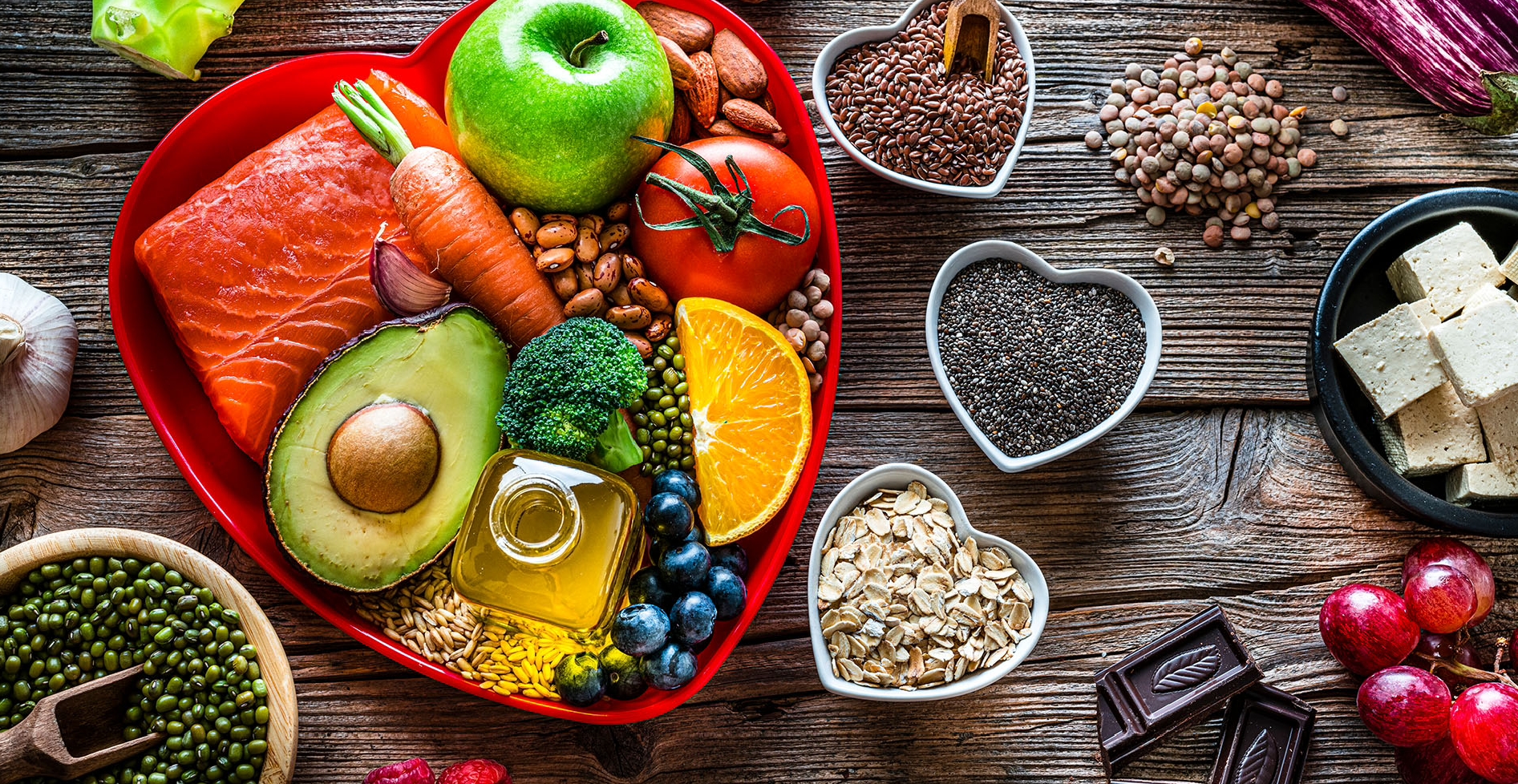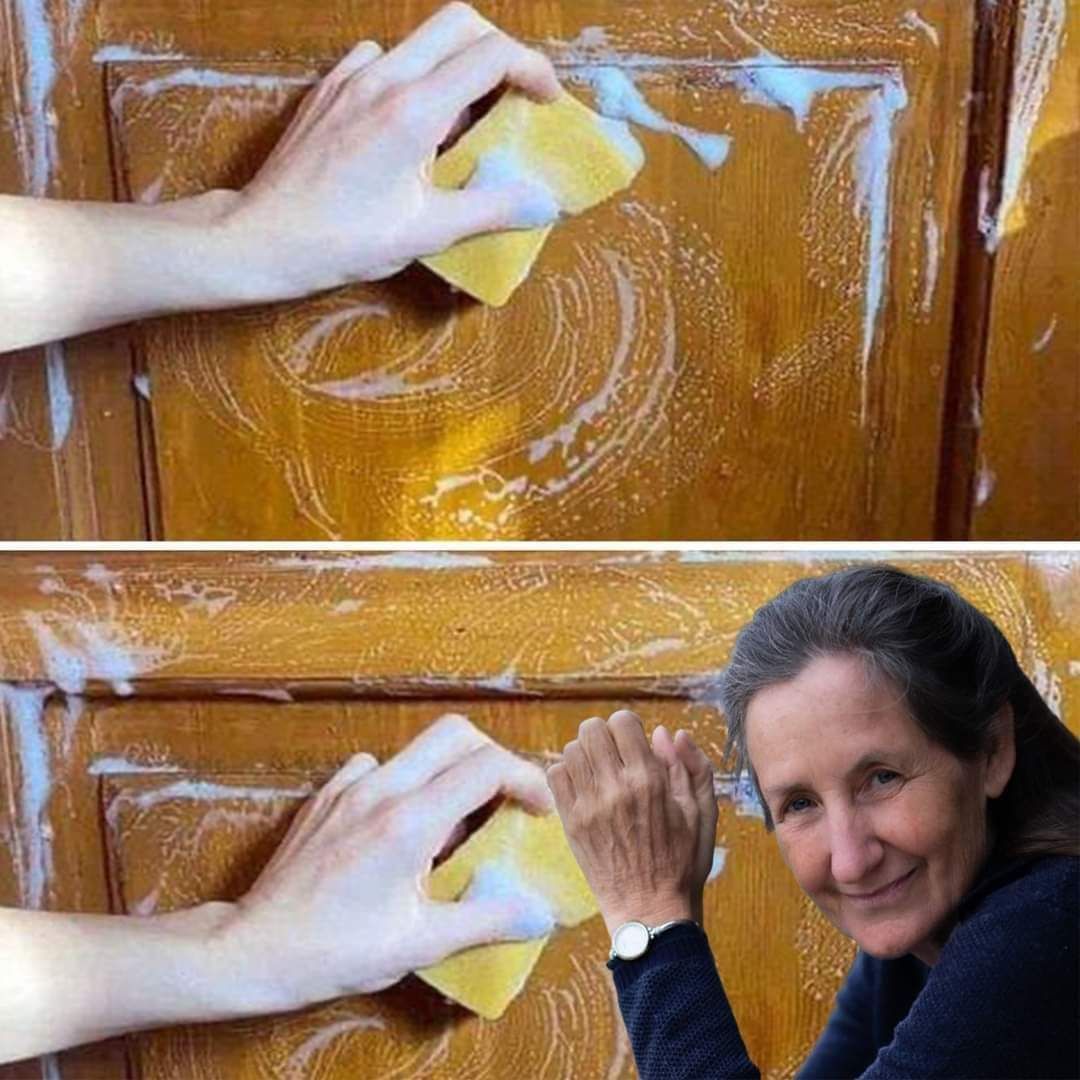The genius tip for removing grease from kitchen cabinets
Dish Soap and White Vinegar:
A Dynamic Duo: Ingredients:
- 2 tablespoons of organic dish soap / 500 ml (about 2 cups) of hot water / 250 ml (about
- 1 cup) of white vinegar
Method:
Combine the dish soap, hot water, and white vinegar in a bowl or bucket. Dip a sponge or microfiber cloth into the solution, wringing out excess liquid. For corners and crevices, consider using an old toothbrush for detailed cleaning. Rinse the cabinets with a clean, damp sponge or cloth. Dry immediately with a fresh microfiber cloth to prevent water marks. This method is particularly effective for painted or laminate cabinets, offering a grease-free finish without harsh chemicals.
Method: Mix the Marseille soap with lukewarm water in a cleaning bucket. Soak a sponge in the mixture, then gently scrub the cabinet doors. Rinse with a clean, damp cloth to remove any soap residue. Dry thoroughly with a microfiber cloth. Marseille soap, known for its gentleness, is ideal for wood cabinets, ensuring they’re cleaned without damage.
Apple Cider Vinegar: For the Tough Grease: Ingredients:
Equal parts apple cider vinegar and water
Method:
Mix the vinegar and water, then bring to a boil. Let cool to a manageable temperature. Soak a sponge in this vinegar solution and wipe down the greasy areas. Rinse with cold water to remove any vinegar residue. Dry thoroughly with a clean cloth. Apple cider vinegar is a potent degreaser that can tackle stubborn grease without harming your cabinets’ finish.
Special Care for Lacquered Cabinets:
Ingredients:
Linseed oil / Turpentine / Flour
Method:
Create a cleaning paste by mixing linseed oil, turpentine, and a bit of flour. Apply the paste using a sponge to the lacquered surfaces, gently rubbing in a circular motion. Wipe away the cleaning paste with a damp cloth, then dry immediately. This mixture not only cleans but also protects and enhances the appearance of lacquered wood, making it an excellent choice for high-gloss finishes.

